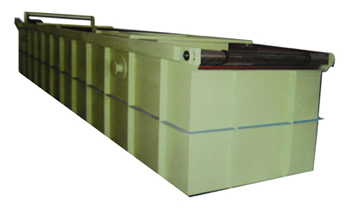The oil then flows into the manifold, which distributes the oil to the crankshaft bearings and other bearings throughout the engine by drilling. The oil flows from the main bearing through the hole drilled in the crankshaft to the lower connecting rod bearing.
The oil reaches the hollow camshaft (in an inline or opposed engine) or cam disc or cam drum (in a radial engine) through a connection to an end bearing or main oil manifold; it then flows to the camshaft, cam Drum or cam plate bearings and cams.
The engine cylinder surface receives oil sprayed from the crankshaft and crank pin bearings. Because the oil will slowly infiltrate through the small crank pin clearance before being sprayed onto the cylinder wall, it takes time to allow the available oil to reach the cylinder wall in cold weather with slow oil flow. This is one of the main reasons for using modern multi-viscosity oils that flow well at low temperatures.

When the circulating oil performs its function of lubricating dry oil and cooling the moving parts of the engine, it drains into the oil tank at the lower part of the engine. The oil collected in these oil pans, once accumulated, is collected by gears or cycloidal scavenging pumps. These pumps have larger capacities than pressure pumps. This is needed because the volume of oil usually increases due to foaming (mixing with air). On dry sump engines, this oil leaves the engine, passes through the oil cooler, and returns to the fuel tank.
Address: No.010 Xinglong Road, Huilong Industrial Park, Qidong City
Hotline:0513-83637668
Company Fax:0513-83637098
After sales service:0513-83635700
URL:www.qdhsrh.com
Website :en.qdhsrh.com
E-mail:qd3637668@163.com

Scan to learn more